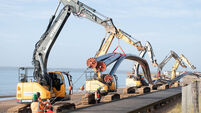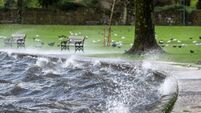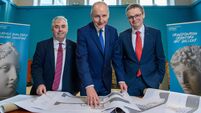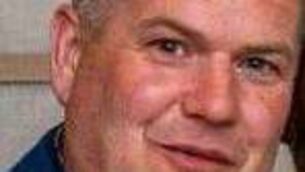Fota Wildlife Park feels the bite of massive energy bills
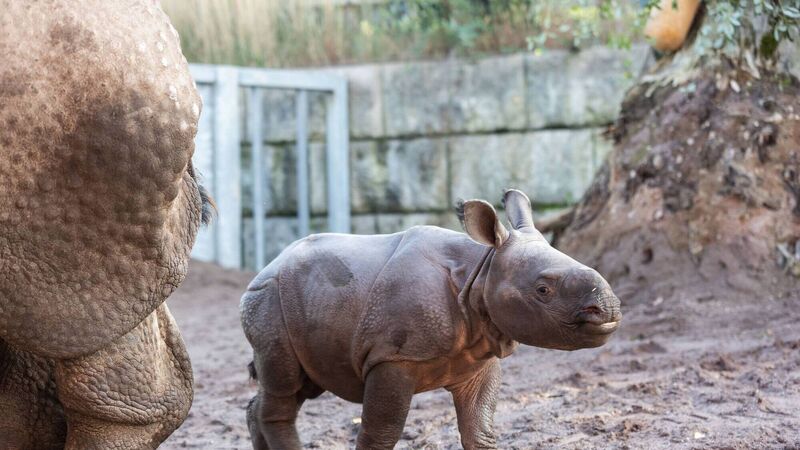
The not-for-profit animal conservation centre is home for animals from a variety of climates over the winter, using multiple heating systems to keep giraffes, a tropical house, and a new baby rhino warm in the coming months. Picture: Darragh Kane
Management at Fota Wildlife Park are expecting energy costs will double this year, resulting in a bill of almost €500,000.
The not-for-profit animal conservation centre is home for animals from a variety of climates over the winter, using multiple heating systems to keep giraffes, a tropical house, and a new baby rhino warm in the coming months.
Director Sean McKeown said energy costs place a “heavy burden” on the park, when they are already paying 12% more for food than last year.
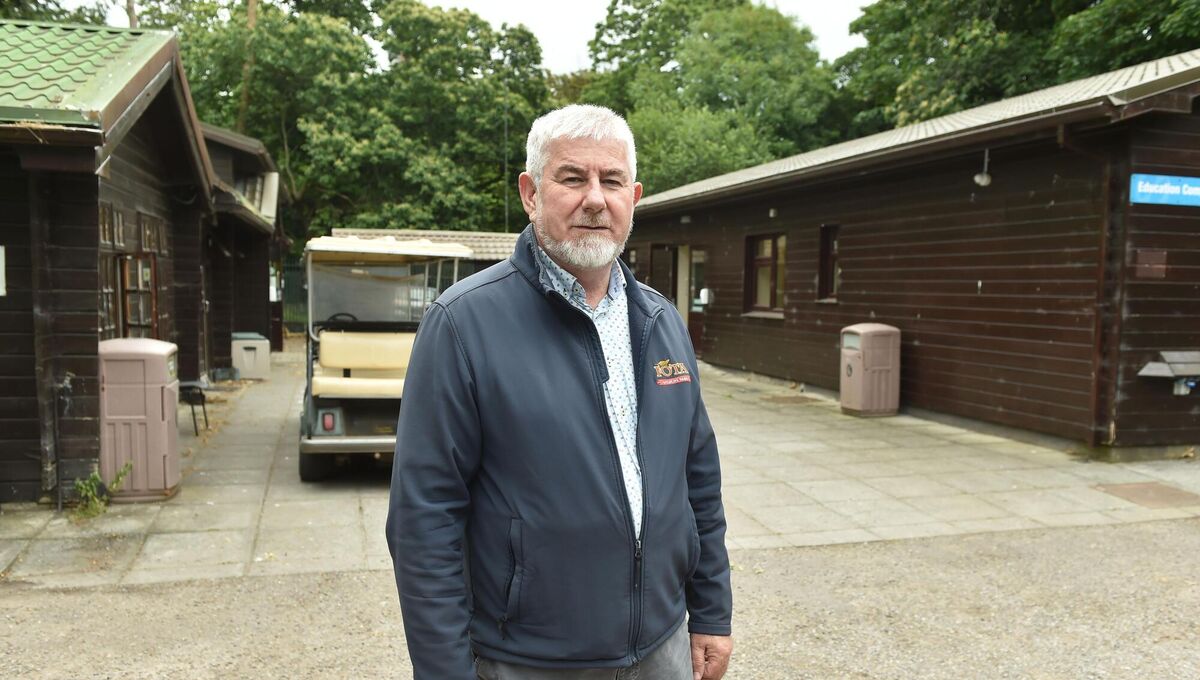
He said while converting to green energy and reducing the carbon footprint of the park is at the top of his team’s agenda, price hikes will inevitably hold back the park’s transition to greener energy systems.
“The house is home to reptiles, amphibians, sloths, fish and butterfly species. We heat it partially by extracting heat from the water on the main lake, but there is a cost to doing that, and then we need to use small electric heaters as well."
The park is home to over 1,300 animals whose houses are kept warm by underfloor heating systems fuelled by geothermal and hydrothermal energy, as well as from the ESB network.
“The giraffe house will need to be heated throughout the winter — it won’t drop below 18C. We plan to change the heating system from electric heaters, but the more we are spending on inflated costs, the less funding we have free to make those changes,” Mr McKeown said.
Earlier this year, Fota Wildlife Park unveiled its 10-year development plan, which includes redeveloping and expanding a new education, conservation and research centre.
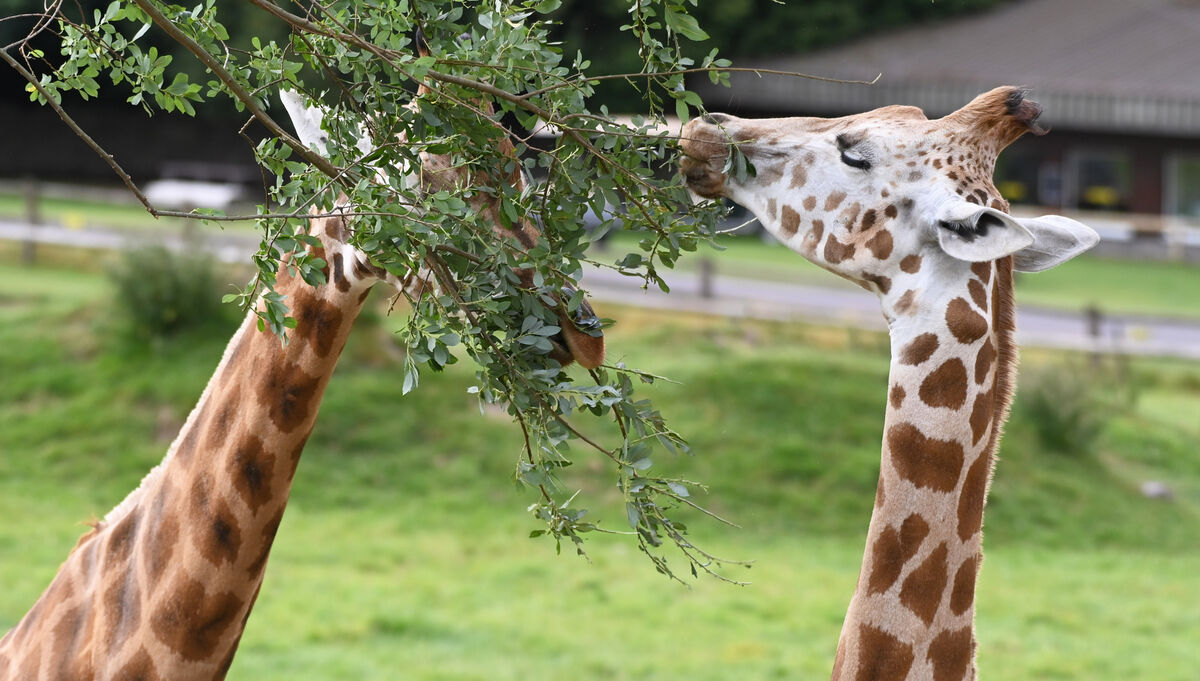
Though work on the project is due to begin soon, the drain of increased costs on the park’s funding has made the process much more expensive, the park's director said.
"We’ve also seen less of our members visiting this year compared to last.
“Though we benefit from Government grants and donations, visitations are still our main form of funding, all of which goes back into our conservation efforts, and taking care of our animals,” Mr McKeown said.
The park will be opening and closing earlier during the winter months in line with the change in daylight hours, which will help to cut back on lighting costs.
Across the county in West Cork, a smaller animal rescue operation that cares for unwanted and abused dogs and cats is also facing worries over energy bills this winter.
West Cork Animal Welfare chairperson Jennifer Headlam said every cent counts when running a local animal charity, and that the pressure of the cost-of-living crisis is two-fold as it is costing more to care for animals and “more people are abandoning them to cut back on their costs, especially when vet bills start to add up". At its purpose-built facilities near Rosscarbery, the team at West Cork Animal Welfare cares for 50 dogs and 30 cats.
Ms Headlam said the price of heating its facilities and keeping the mass of bedding they have clean every day has already gone up.
“Keeping older dogs, which are frequently abandoned, and unwell dogs warm and and clean over the colder months is essential, so of course we are worried about the price hikes coming in this winter,” she explained.
The charity runs from charitable donations and a Government grant of about €21,000 each year, but its running costs amount to €100,000 annually.
“Running an animal charity is always going to involve tight budgeting, but the rate at which we are seeing pets abandoned now is getting ridiculous, it spiked over the pandemic and it hasn’t stopped since,” Ms Headlam said.



